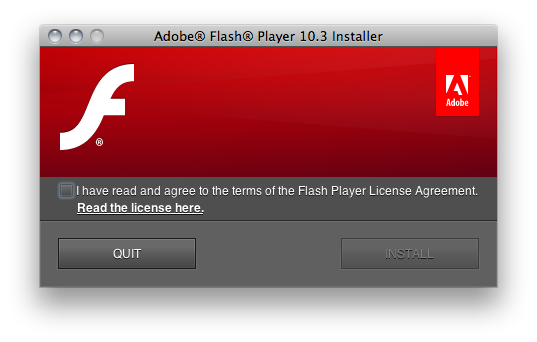Flash Websites Are Dead

Adobe’s announcement that it will discontinue support for the Flash Player on mobile devices and instead focus its efforts on other web development programs that focus on cross platform applications is a positive move for them, But unfortunately, it may be a case of too little, too late.
To understand why Adobe has found itself in this situation, you have to look at Flash’s history. When Flash was in its ascendancy, its main advantage was providing a consistent and rich user experience across desktop platforms and browsers. In other words it delivered ” eye candy ” that looked the same way on every desktop computer, on any browser or platform. The key word here is desktop. At the height of the browser wars, when open web technologies like HTML, CSS, and JavaScript were in their infancy, it was practically impossible to use them to create consistent cross-platform experiences. Flash was a very seductive alternative and, in those early days, web designers pioneered online experiences that pushed the boundaries of what was possible on the web, both visually and interactively.
It was clear that Adobe’s old strategy for mobile dominance, which relied on porting the Flash Player to as many devices as possible, was not going to work. You might even have said that it was fundamentally flawed. Adobe much later stumbled onto the correct mobile strategy, thanks to its pissing contest with Apple on getting Flash on the iPhone. Unable to get Apple to accept the Flash Player on iPhone, Adobe retorted by allowing Flash applications to be compiled into native binaries and distributed through the App Store. Unfortunately, Adobe was blind to the fact that this was the strategy it should have been following all along.
In a nutshell the rise in internet capable devices like Iphones and Ipads makes Adobe flash practically obsolete for the following reasons:
- Flash drains the battery of mobile devices;
- It’s not very good for multi-touch operation;
- Its performance, reliability and security are all shoddy.
- It’s also a proprietary system, and web standards should be open, like HTML5, CSS and JavaScript.
Conclusions
Flash was created during the PC era – for PCs and mice. Flash is a successful business for Adobe, and we can understand why they want to push it beyond PCs. But the mobile era is about low power devices, touch interfaces and open web standards – all areas where Flash falls short. This is not to say Flash will disappear – But let’s just say that Flash on the web isn’t going anywhere.
We can safely go even further and say: if you’re starting a new web project, do not use Flash for it.

